English
中文
Contact Number
Email
 Enterprise WeChat
Enterprise WeChat WeChat Service Account
WeChat Service Account
SimWorks is dedicated to providing users with professional solutions for the numerical analysis of micro-nano optical problems. Our offerings include two product lines: SimWorks Finite Difference Solutions and SimWorks Semiconductor Solutions, which are specifically designed for the simulation and analysis of passive and active issues.
SimWorks boasts comprehensive functionality and exceptional performance, enabling the simulation of all electromagnetic field information in micro-nano optics. The software features flexible scripting languages and integrates analytical tools such as parameter scanning and target optimization, thereby facilitating efficient scientific research and engineering design.
Furthermore, SimWorks supports multi-GPU parallel acceleration, significantly improving simulation efficiency. It also possesses the capability to interact with data from third-party software, addressing a wide range of needs that span from fundamental research to industrial applications.
SimWorks Finite Difference Solutions, based on the finite difference method, converts the Maxwell curl equation into a discrete form of a system of difference equations for numerical solution. The software supports multiple finite difference algorithms, including:
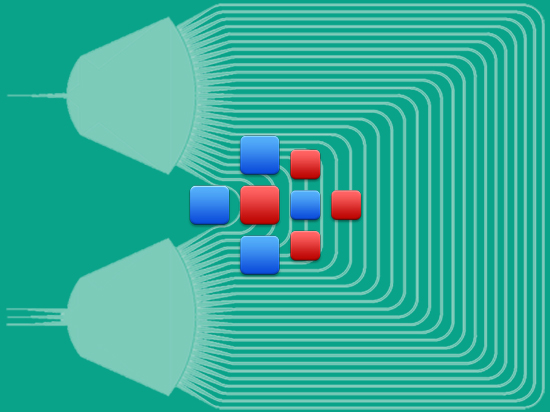
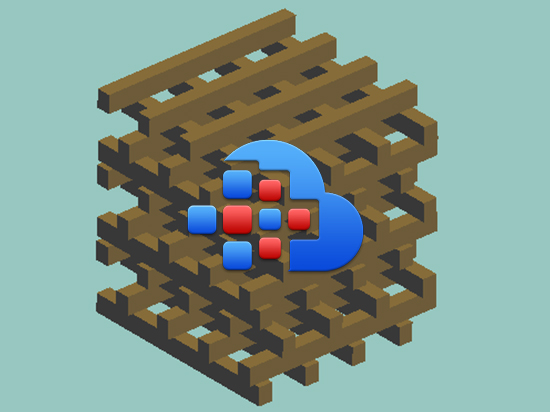
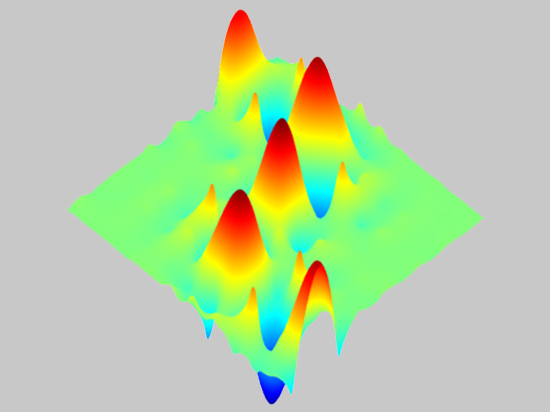
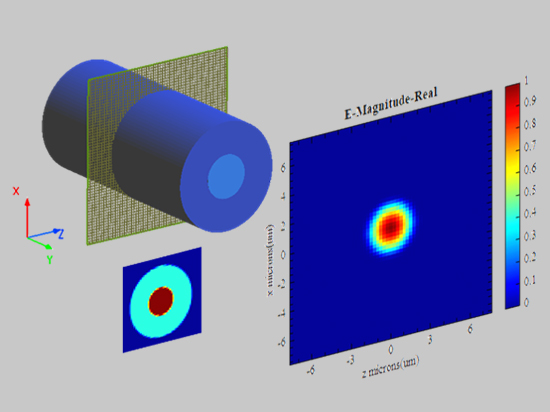
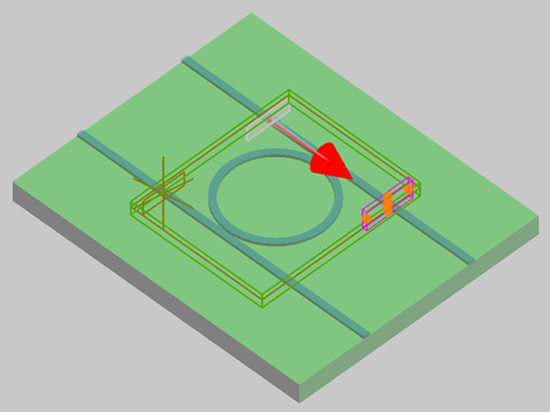
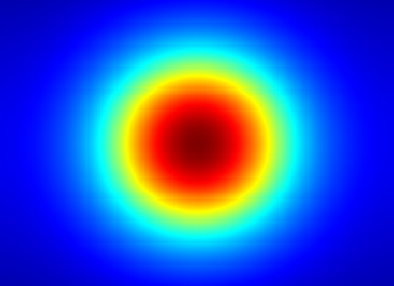
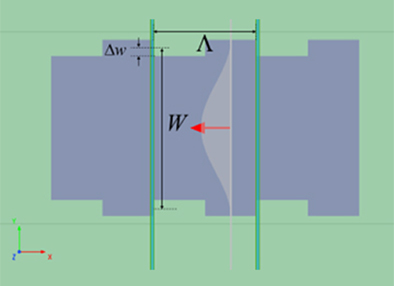
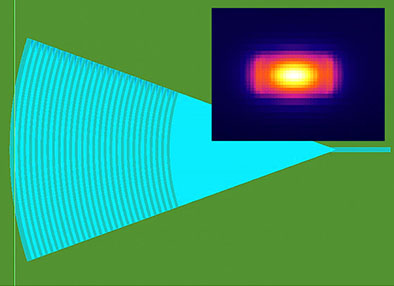
SimWorks deeply applies GPU acceleration technology, fully leveraging the performance advantages of hardware and significantly enhancing the simulation speed. In typical optical simulation scenarios, accelerated computing solutions based on mainstream GPU architectures demonstrate performance far exceeding that of traditional CPUs. SimWorks provides comparative test data of CPU and GPU simulation speeds, which can help users evaluate and select the computing resource configuration that suits their own needs, achieving the optimal balance between performance and cost. In addition, SimWorks also supports multi-GPU parallel computing, allowing multiple Gpus to be scheduled to work collaboratively in a single simulation task. Compared with single-card computing, multi-card parallelism not only doubles the computing speed but also expands the video memory capacity, supporting larger-scale simulation. Whether it is a single-machine multi-card configuration or a multi-machine multi-card cluster, SimWorks can fully utilize multi-GPU resources to achieve more efficient computing and meet the needs of simulation tasks of different scales. The following comparison chart illustrates the acceleration effect of a single GPU over a CPU server, as well as the further speed improvement of multi-GPU parallelism over a single GPU.
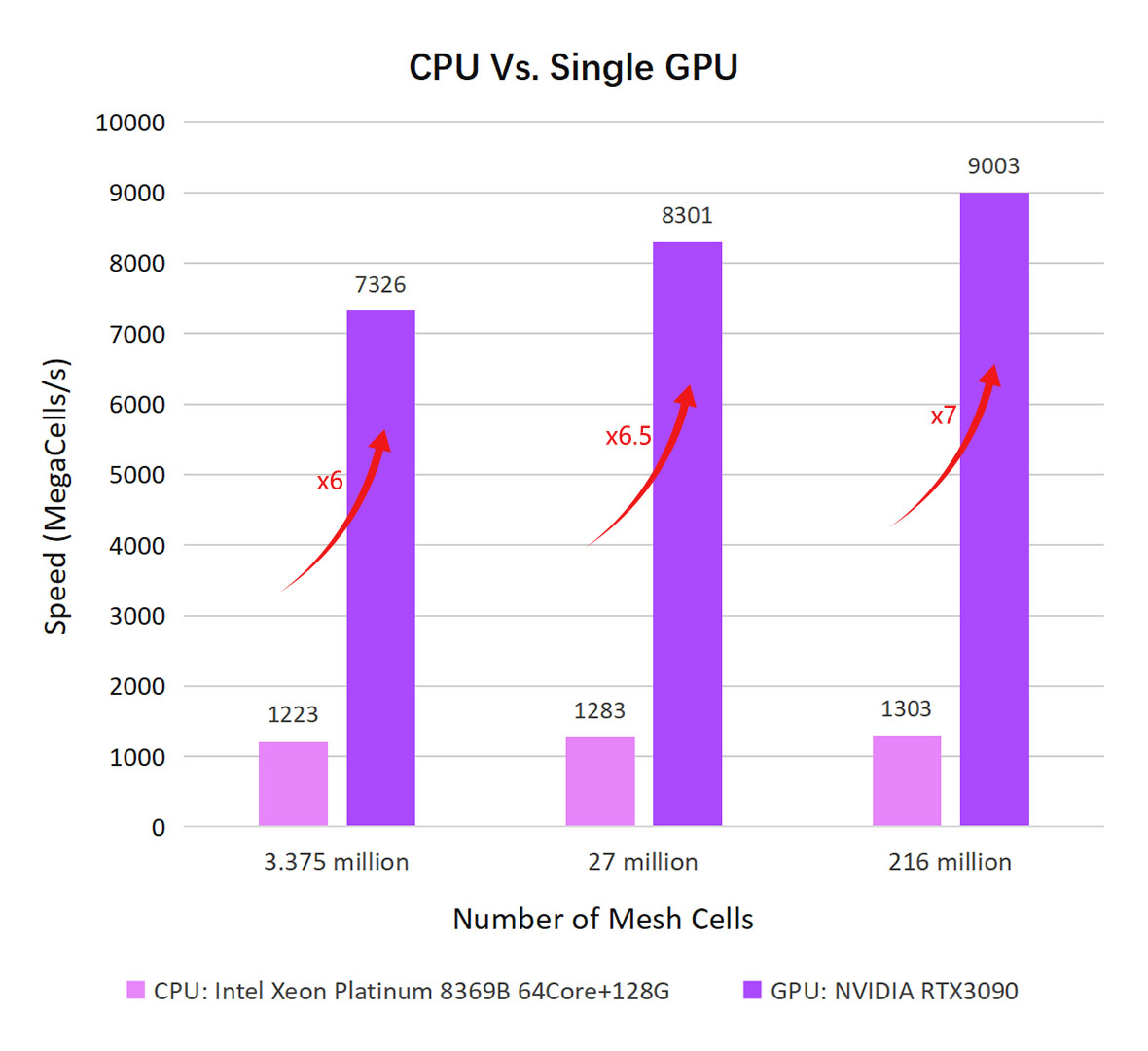
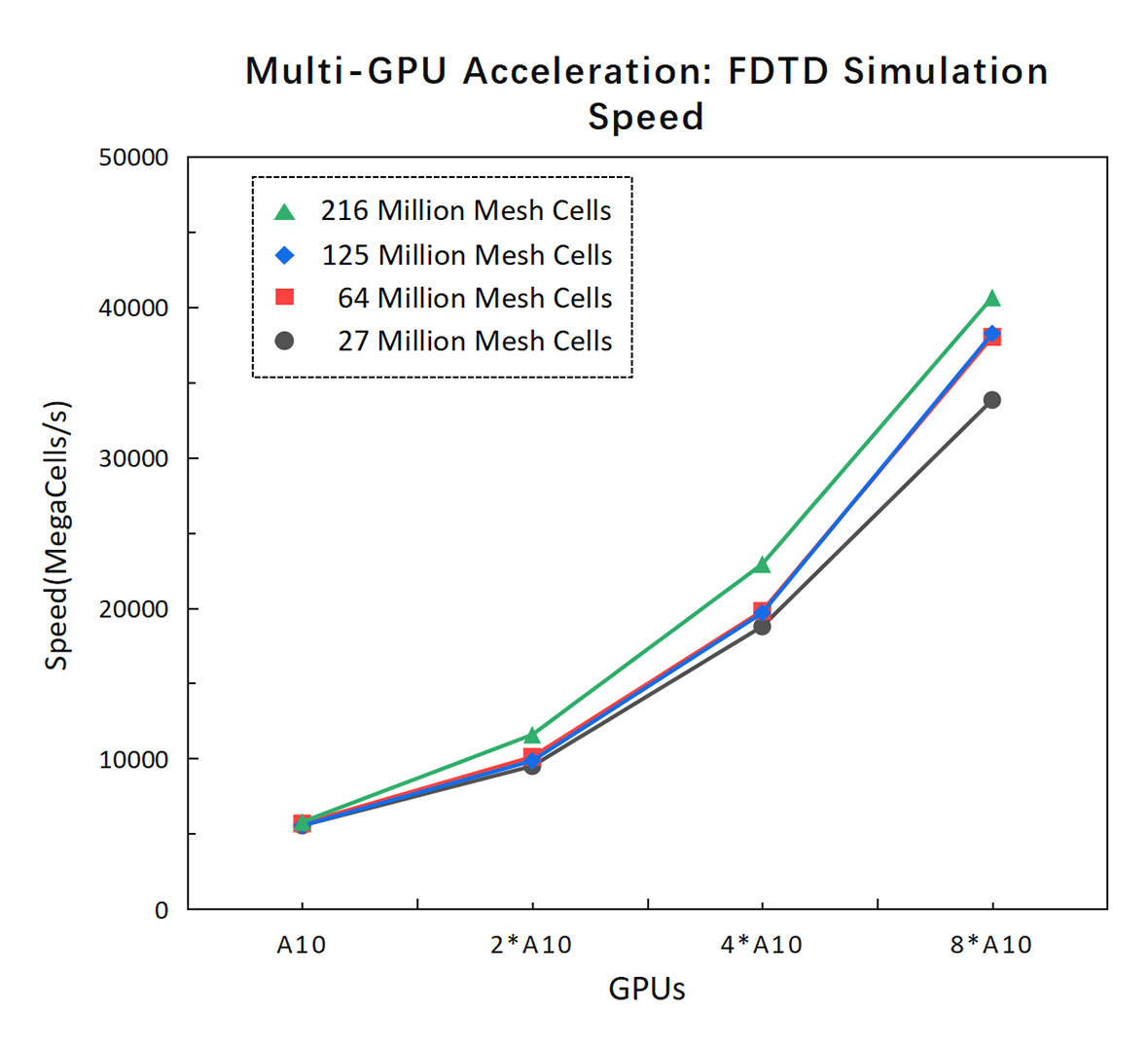
| Performance | SimWorks FDTD | Common software | |
|---|---|---|---|
| Mesh | |||
| Uniform staircase | ✓ | ✓ | |
| Non-uniform | ✓ | ✓ | |
| Conformal | Volume averge | ✓ | ✓ |
| Yu-Mittra | ✓ | ✗ | |
| VPEP | ✓ | ✗ | |
| Boundary | |||
| PEC/PMC | ✓ | ✓ | |
| Bloch | ✓ | ✗ | |
| PML | Stretched-coordinate PML | ✓ | ✗ |
| Symmetric/Anti-symmetric | ✓ | ✗ | |
| Source | |||
| Incidence at any angle | Plane | ✓ | ✓ |
| Dipole | ✓ | ✓ | |
| Gaussian | ✓ | Partial | |
| Mode | ✓ | Partial | |
| Port | ✓ | ✗ | |
| TFSF | ✓ | ✗ | |
| Multi-frequency incidence | ✓ | ✗ | |
| Material | |||
| Dielectric | ✓ | ✓ | |
| Dispersive material with sampled-data | ✓ | ✗ | |
| 2D Material | Graphene | ✓ | ✗ |
| Lumped elements | ✓ | ✗ | |
| Nonlinear | ✓ | ✗ | |
| Analysis group | |||
| Far-field | Based on equivalent theorem | ✓ | ✗ |
| Based on plane wave expansion | ✓ | ✗ | |
| Bandstructure | ✓ | ✓ | |
| Optimization | |||
| Sweep | ✓ | ✓ | |
| Optimization | ✓ | Partial | |
| S-matrix sweep | ✓ | ✗ | |
| High performance computing | |||
| Parallel computing | ✓10X faster than others | Partial | |
| Cloud computing | ✓ | Partial | |
| GPU acceleration | ✓Fastest | Partial | |
| Supporting OS | |||
| Windows | ✓ | ✓ | |
| Linux | ✓ | ✗ | |
| macOS | ✓ | ✗ | |
| Deployment flexibility | |||
| Stand-alone version | ✓ | Partial | |
| Cloud | Public cloud | ✓ | Partial |
| Private cloud | ✓ | Partial | |
| Application gallery | |||
| Over 40 examples | ✓ | ✗ | |
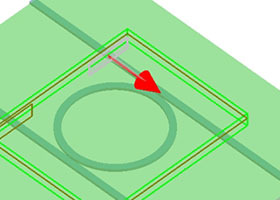
It includes a large number of simulation cases, simulation techniques and design details.
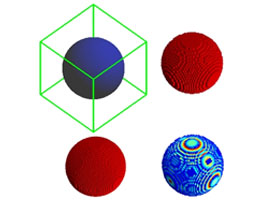
It is the official usage guide of the software, including the function description of each module, and the script syntax library.
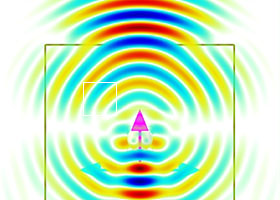
Includes quick start software, as well as video lessons on complex problems.
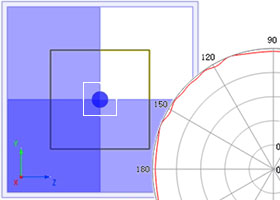
To provide users with a platform to solve problems, exchange ideas, and provide professional Q&A services.